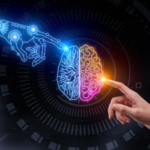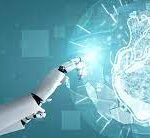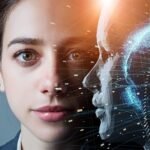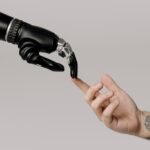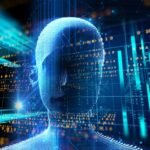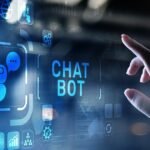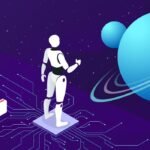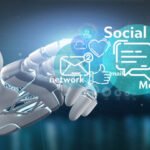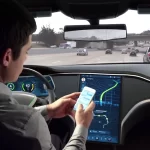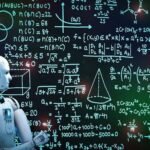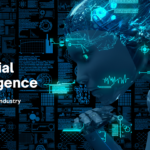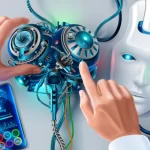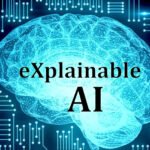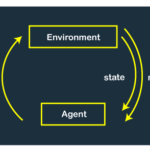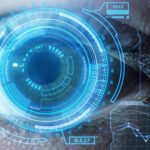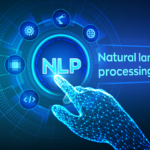AI in Healthcare: Applications of AI in medical diagnosis, drug discovery, patient monitoring, and personalized medicine.
Medical Diagnosis: AI algorithms can analyze medical images, such as X-rays, CT scans, and MRIs, to aid in the detection and diagnosis of diseases. Deep learning techniques enable AI systems to achieve high accuracy in identifying abnormalities and assisting radiologists in making more accurate diagnoses. Drug Discovery: AI is used to accelerate the process of drug discovery and development. Machine learning algorithms can analyze vast amounts of biological data to identify potential drug targets, predict drug efficacy, and optimize drug candidates. AI also plays a role in virtual screening, lead optimization, and identifying drug repurposing opportunities. Patient Monitoring: AI technologies enable continuous monitoring of patients’ vital signs and health data
. Wearable devices equipped with sensors can collect data on heart rate, blood pressure, sleep patterns, and activity levels. AI algorithms analyze this data in real-time to detect anomalies, predict health deterioration, and provide early warnings for timely interventions. Personalized Medicine: AI helps in tailoring medical treatments to individual patients based on their specific characteristics, genetics, and medical history. By analyzing large datasets and genetic profiles, AI algorithms can identify optimal treatment plans, predict patient responses to medications, and suggest personalized interventions for improved patient outcomes.
Electronic Health Records (EHRs): AI can analyze electronic health records to extract relevant information, identify patterns, and improve clinical decision-making. Natural language processing techniques enable AI systems to extract insights from unstructured clinical data, such as physician notes and medical literature, aiding in accurate diagnosis and treatment planning. Virtual Assistants and Chatbots: AI-powered virtual assistants and chatbots provide personalized healthcare support and information. They can answer patients’ questions, provide symptom assessment, offer basic healthcare advice, and direct patients to appropriate resources.
These virtual assistants enhance patient engagement, reduce administrative burdens, and improve access to healthcare information. Predictive Analytics: AI algorithms can analyze large healthcare datasets to identify patterns and predict disease outcomes. By leveraging machine learning, AI systems can predict the likelihood of readmissions, disease progression, and patient deterioration. This enables healthcare providers to take proactive measures for better patient management and resource allocation. Surgical Assistance: AI assists surgeons by providing real-time guidance during surgical procedures. Using computer vision and robotics, AI systems can analyze surgical videos, track anatomical structures, and offer augmented reality visualization to assist surgeons in precise surgical interventions. These are just a few examples of how AI is transforming healthcare.
The integration of AI technologies improves diagnostic accuracy, enables personalized treatments, enhances patient monitoring, and streamlines healthcare processes, ultimately leading to improved patient care and outcomes.







